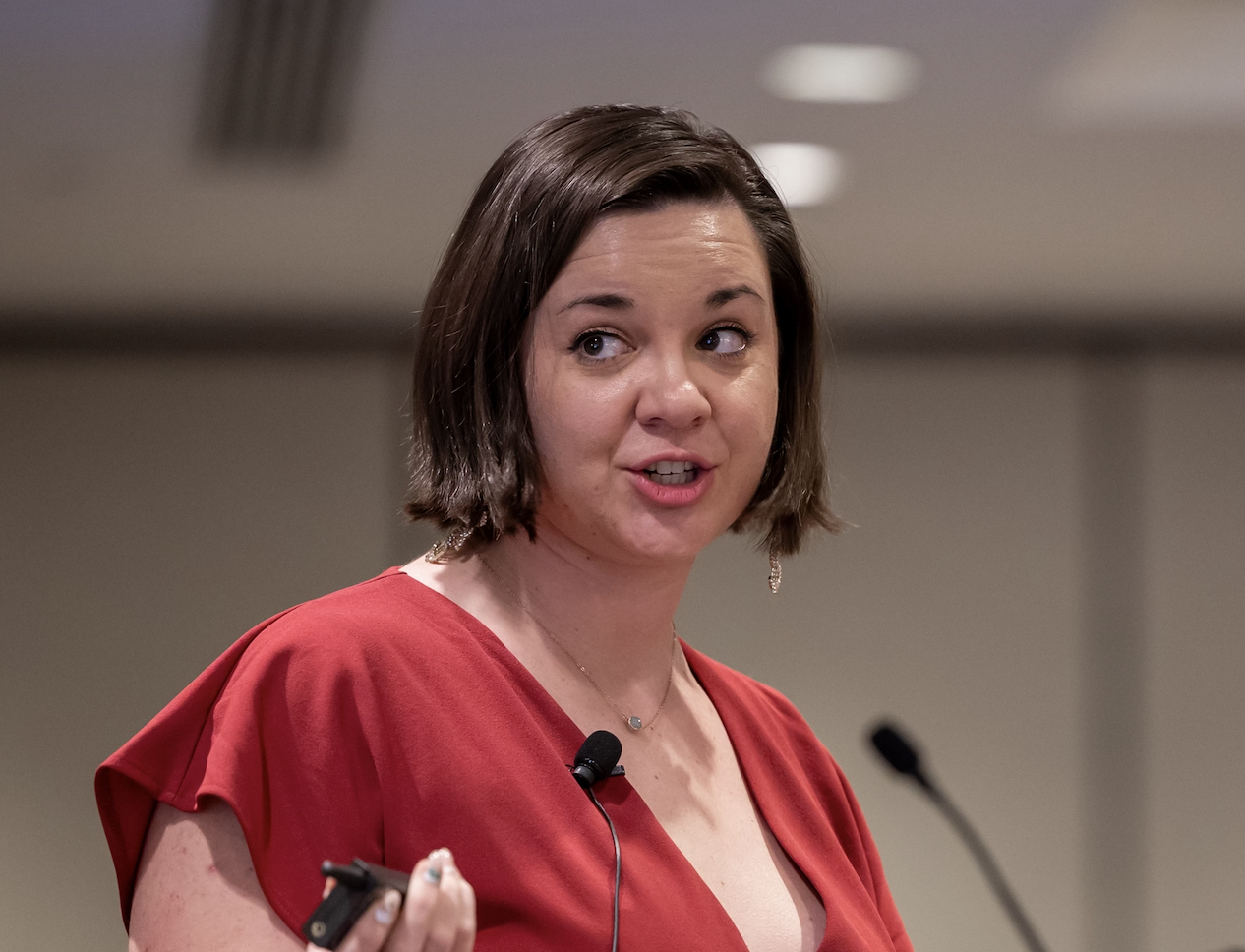Practical Financial Management: Understand Your Numbers
Consultant Brooke Benson discusses how freelancers and other individuals with inconsistent income can budget around uncertainty by first getting a grip on their most important expenses.

If you’re a freelancer or self-employed like myself, chances are good your income isn’t the same every month. This isn’t necessarily a problem, it’s what we signed up for. The problem is trying to manage this inconsistent income using budgeting tools built for 9-to-5 paychecks.
Most people try to chase peace of mind by managing earnings. Instead, I focus on achieving it through carefully managing expenses. That’s something you can control, and once you do, you can unlock the stability you’ve been chasing.
Find Your Personal Baseline
Think of this as the bare-minimum cost of being you: rent, groceries, phone, insurance, a little fun money.
- List every recurring monthly bill.
- Add 1/12 of each annual bill (hello, car registration).
- Total it. That’s the dollar amount that must land in your personal checking every month.
Find Your Business Baseline
Your business is not you. It has its own needs. What does it cost to run your business monthly?
- Fixed costs: Software, website, rent, memberships.
- Annual biggies: Insurance premiums, accountant fees. Divide by 12.
- Owner pay: The paycheck you, the human, require.
- Add them up and you have your business’s baseline.
Keeping these “accounts” separate prevents the muddy, “I’ll just transfer $200 from savings” cycle that hides problems until it’s too late.
Compare Income & Baselines
Once you know both baselines, compare them to your income. You don’t need a spreadsheet with 47 categories, just this high-level overview. Ask yourself: Does the math math?
- If your income is higher than your combined baselines — amazing. You’re operating in the green, and we can build from there.
- If not, you know exactly how much more you need to book.
Get Intimate With Your Numbers
You don’t need to check in on these accounts daily. Instead, schedule a monthly “money date” (ideally at the end of the month or the start of the next).
Block 30 minutes in your calendar and make it fun! Go to your favorite coffee shop, order your favorite dessert, light a candle, whatever helps you look forward to the ritual.
Use that time to:
- Review what came in and what went out
- Compare your actuals to your baselines
- Adjust your goals and decisions with intention.
That half-hour of intentional review beats eight hours of panicked scrambling every tax season. It has helped me and my clients calm the chaos and stay focused on what really matters: building a business (and a life) that’s sustainable.
Stability isn’t about predicting every dollar that comes in, it’s about mastering the dollars that go out. Nail your baselines, honor your money date, and watch your nervous system relax.
I wish I’d learned this on day one. You don’t have to wait that long.
This can be stressful, make you feel like you’re riding a rollercoaster without a safety harness, but it doesn’t have to be. You might not be able to predict when the next big client signs, but you can be prepared to deal with whatever eventualities come your way.This content is for informational purposes only and is not intended to be relied upon as legal, financial, or accounting advice. Please consult your own professional if you have any questions.
Stay Connected with Brooke
Brooke Benson is a thriving artist, money coach, and business owner in New York City, on track to retire as a multi-millionaire. Her company, Not Starving Artists, empowers creatives, neurodivergents, service providers, & small business owners to become financial CEO’s of their life, business, and career.
.png)
